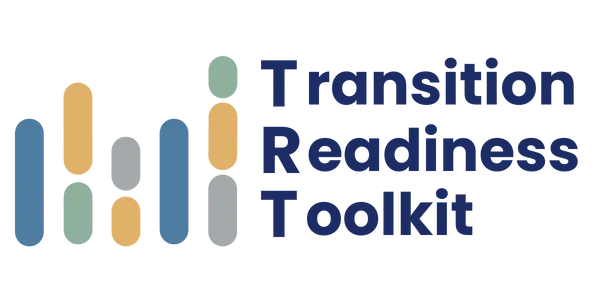By Allison R. Fleming, Brian N. Phillips, and Marissa Lockett
Journal of Vocational Rehabilitation (2025), Volume 62, Issue 1, Pages 16-26
https://doi.org/10.1177/10522263241300870
This article explores how State Vocational Rehabilitation Agencies (SVRAs), which help people with disabilities prepare for employment, can benefit from a new approach to evaluating their services. While SVRAs collect extensive data, much of it focuses on oversight and administrative reporting—not on systematic measures of change resulting from services.
Why current VR data falls short
The primary dataset SVRAs uses is RSA-911, which tracks over 300 details about each customer. This data includes demographic information, service types, costs, and whether a person ended up in competitive employment. However, it doesn’t tell us if a particular service caused meaningful change. For instance, it records whether job exploration was provided but not whether the person benefited from services.
A Better Approach: Measuring Change
The authors propose a simple, research-backed method widely used in medicine: Measure someone’s skills before a service and again afterward. This pre-post method enables providers to evaluate whether a person has benefited from the service. It also helps tailor support to individual needs and promotes more personalized services.
What is the Transition Readiness Toolkit (TRT)?
The TRT software measures student growth in the five federally required Pre-Employment Transition Services (Pre-ETS). It includes 10 brief pre-post measures that typically take less than three minutes to complete and are designed specifically for youth with disabilities.
How does the TRT help?
The toolkit benefits all stakeholders in transition services. Providers gain insight into what students need, how they progress, and where services can be improved. Students receive more tailored support. Agencies can monitor quality more effectively across different programs and regions. Real-time data allows for mid-course corrections, increased collaboration, and evidence-based decision-making.
Changing the system for the better
Using the TRT across multiple states has shown that data can be more than just a requirement—it can drive meaningful change. The article advocates for the broader adoption of similar tools across all VR services (not just Pre-ETS) to track impact and enhance outcomes.
Conclusion
The authors advocate for a culture shift in VR—moving from compliance to continuous improvement. The TRT shows that tracking student progress before and after services can provide clearer insights into what works. By doing this, agencies can better demonstrate their value, support providers, and—most importantly—improve the lives of people with disabilities seeking employment.
